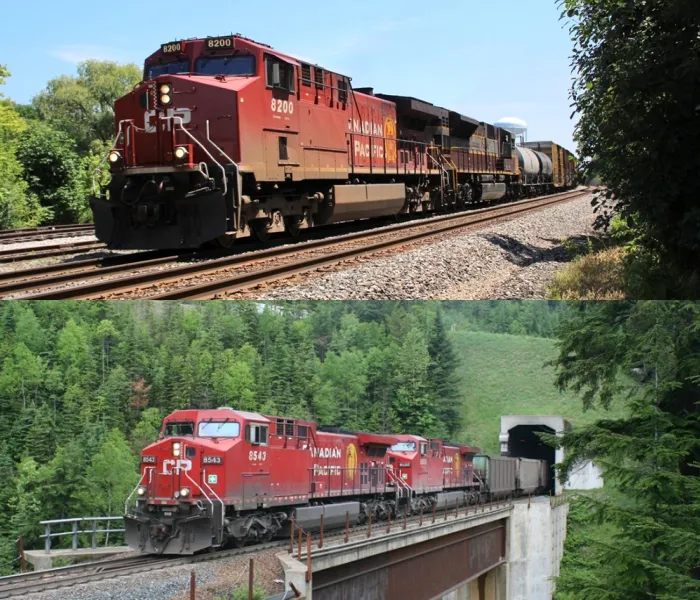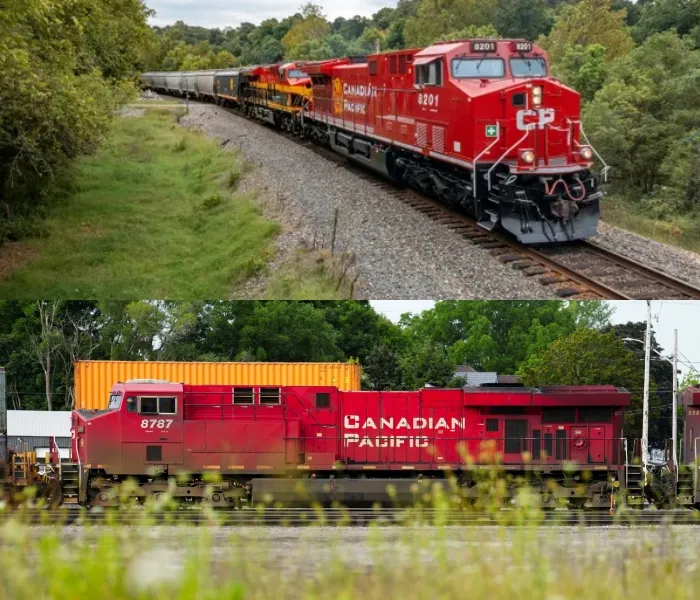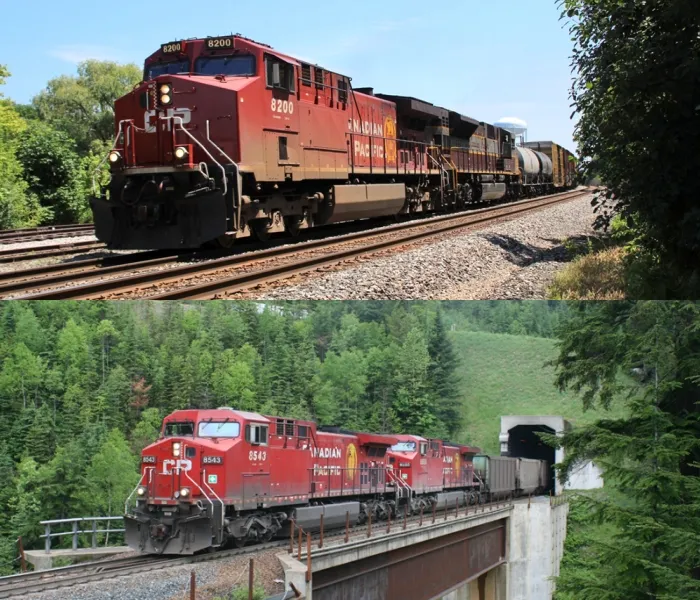
On Thursday afternoon, the Canadian government intervened decisively to end a labor dispute that led to a shutdown of the nation’s two major freight railroads. This action, involving a binding arbitration order, was prompted by concerns over severe disruptions to both the Canadian and US economies.
Rail Lockout Overview
The shutdown, which began at 12:01 a.m. ET on Thursday, initially affected Canadian National (CN) and Canadian Pacific Kansas City (CPKC). As of Friday morning, CN had resumed operations following the end of its lockout affecting 6,000 unionized employees. However, CPKC remained shut down due to both a lockout of 3,000 unionized workers and a strike by the Teamsters union.

The Teamsters union has also announced preparations to strike CN, though this action would only be able to commence on Monday morning, pending any further government intervention.
Government Action and Response
Canadian Labor Minister Steve MacKinnon intervened swiftly, ordering the Canadian Industrial Relations Board (CIRB) to impose binding arbitration. This decision aimed to end the labor dispute and mitigate potential disruptions. Despite the minister’s order, the CIRB had yet to act by midday Friday. The lockout at CN was initiated by management, while the situation at CPKC involved both a management lockout and a union strike.
Prime Minister Justin Trudeau’s administration had initially refrained from blocking the rail halt, which risked impacting multiple industries such as agriculture, automotive, energy, and chemicals. The halt also threatened essential services like passenger rail operations and water treatment plants.

Reactions from Stakeholders
CN expressed satisfaction with the government’s intervention, indicating readiness to resume operations. The company stated, “While CN is satisfied that this labor conflict has ended and that it can get back to its role of powering the economy, the company is disappointed that a negotiated deal could not be achieved at the bargaining table despite its best efforts.”
In contrast, the Teamsters union voiced strong objections. The union criticized the government’s decision, arguing that binding arbitration undermines the collective bargaining process and prioritizes corporate interests over worker rights and safety. The union’s statement condemned the government’s intervention as a manipulation by the railroads to sidestep genuine negotiations.
Impact on the Economy
The shutdown highlighted the critical role of rail transport in the interconnected economies of Canada and the US. Approximately 30% of the freight carried by these railroads crosses the US-Canada border. An extended work stoppage could have had serious repercussions, including potential temporary shutdowns of US auto plants and disruptions in supply chains for US farmers.
The Canadian government’s swift action aimed to prevent such economic damage. Business groups on both sides of the border had urged the government to act, emphasizing the potential for significant economic harm if the shutdown continued.
Historical Context
This incident marks the first time both major Canadian railroads have simultaneously shut down due to a labor dispute. Previous work stoppages include a 60-hour strike at Canadian Pacific in 2022 and a nine-day strike at CN in 2019.

Future Developments
As negotiations and arbitration processes continue, the outcome will be crucial in determining the long-term impact on both the rail industry and broader economic stability. The resolution of this labor dispute will serve as a significant case study in balancing labor rights with economic necessities.
For ongoing updates, businesses and individuals alike should monitor developments closely and prepare for any potential impacts on their operations and supply chains.






